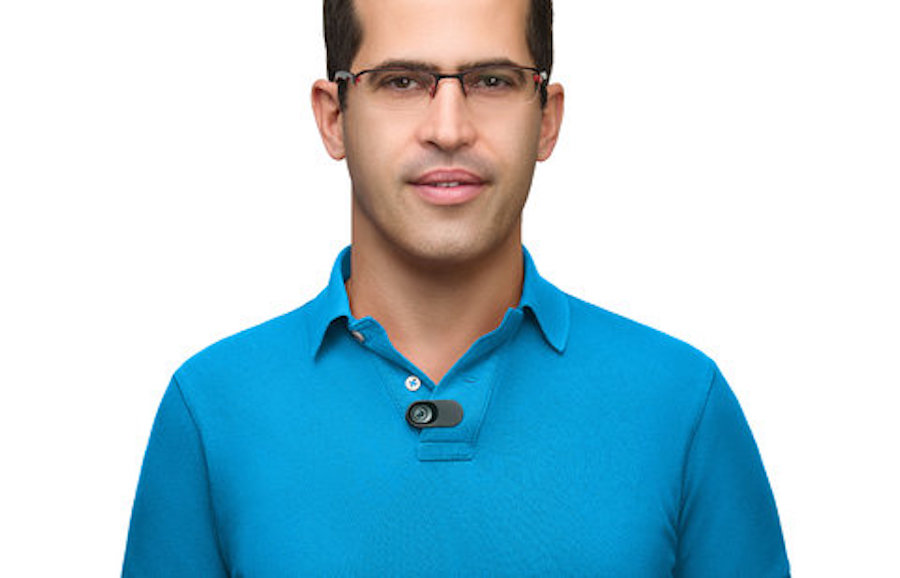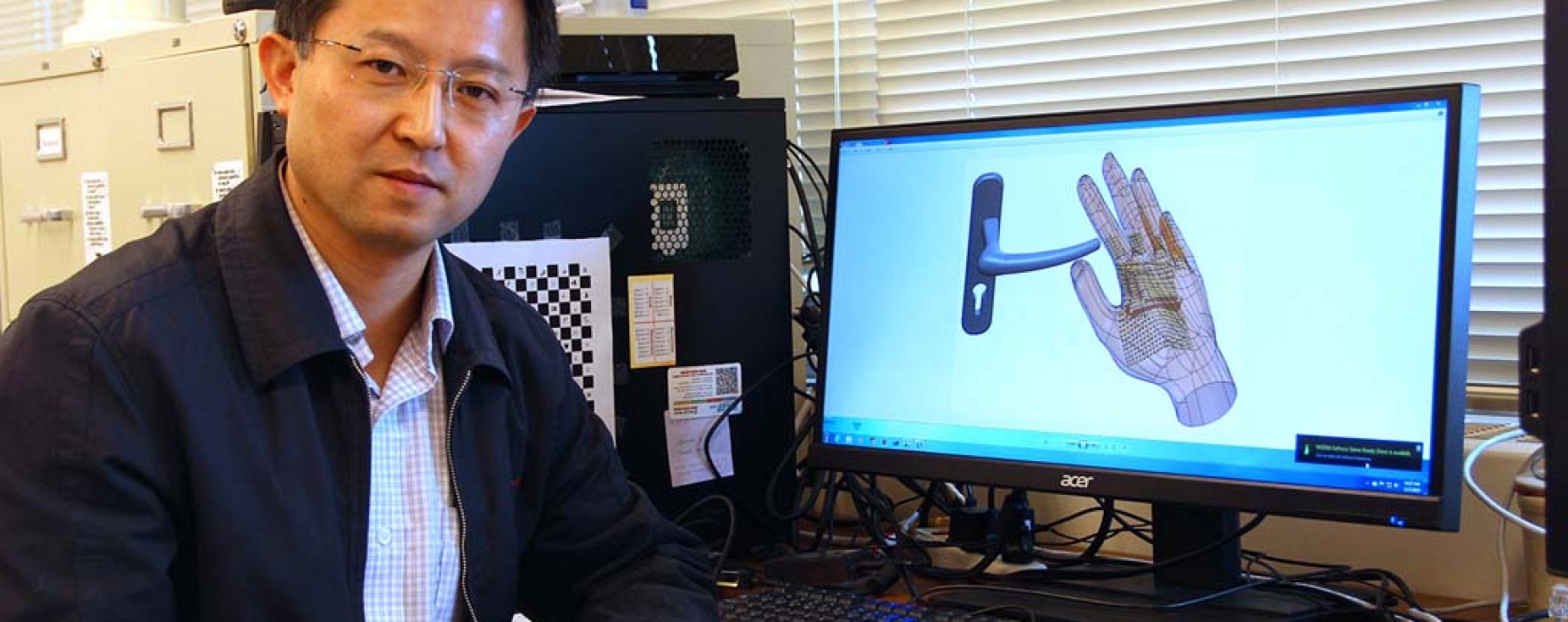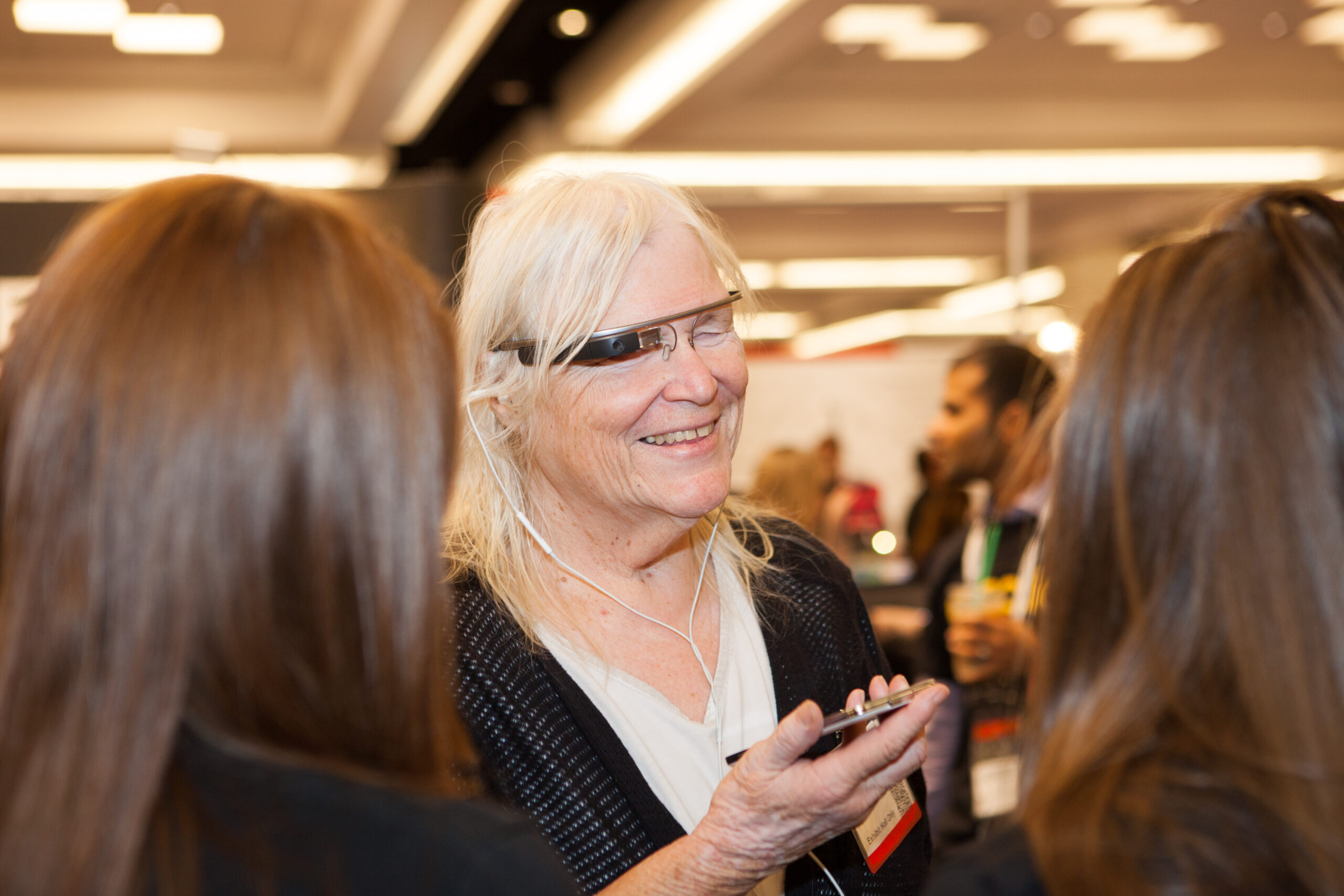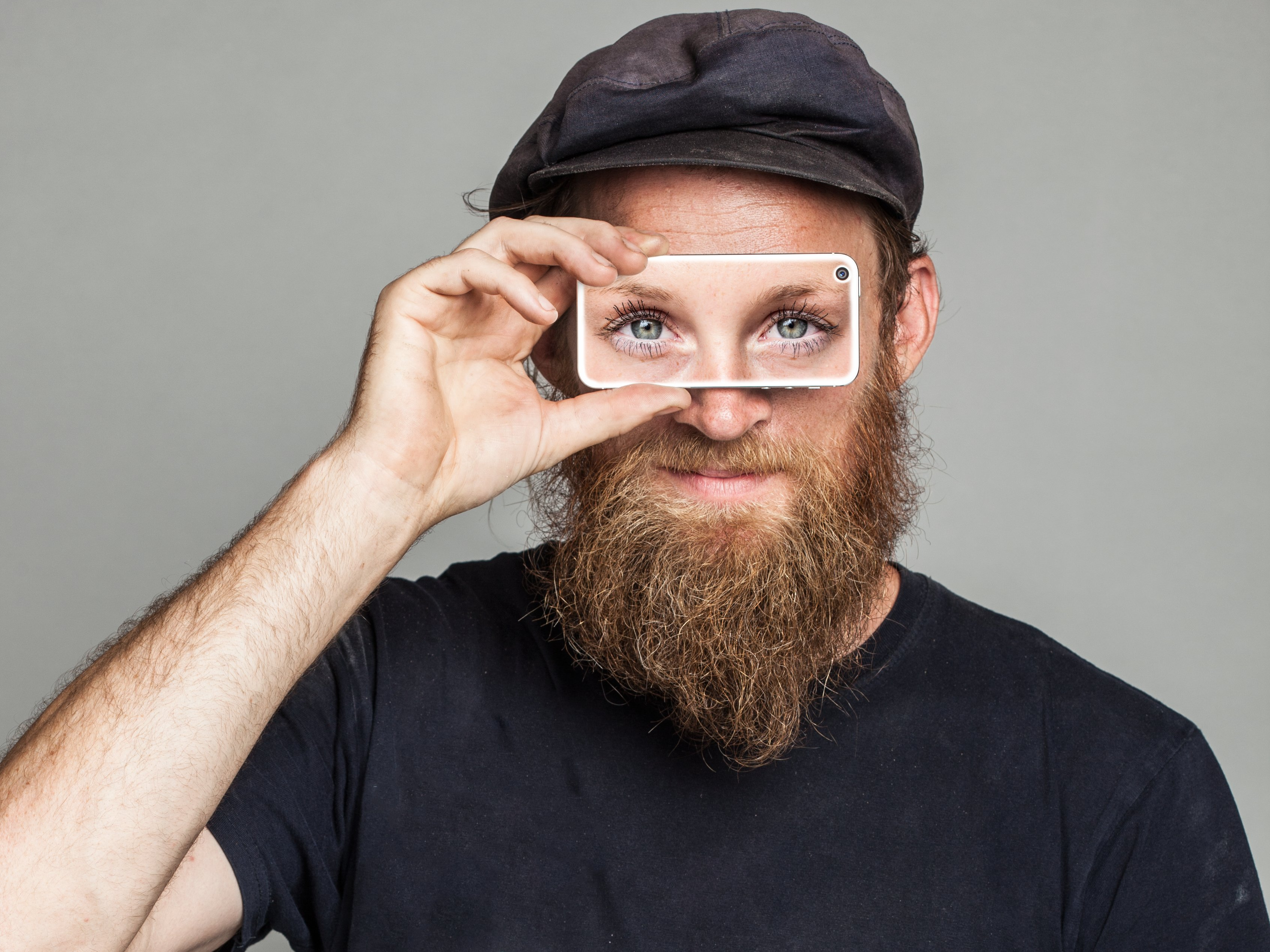Category: Eyes
-

Voice controlled wearable supports sight-impaired mobility
Toyota’s Project BLAID is a camera based assistive device concept, meant to help the visually impaired identify bathrooms, escalators, stairs, elevators, doors, signs, and logos. The wearable, which is in an early stage of development, is worn on the shoulders, wrapped around the neck, like an electronic scarf. It will be controlled by voice commands, and relay…
-

Self-adjusting lenses adapt to user needs
DeepOptics is developing is vision-enhancing wearable lenses, with sensors that gauge viewing distance, and precisely adjust the lenses to bring an object into focus. Electronic volts are sent into three layered liquid crystal lenses, changing the refractive index to provide the specific optical compensation needed to correct vision in every situation. The company also believes…
-

First human optogenetics vision trial
Retina Foundation of the Southwest scientists, in a study sponsored by Retrosense Therapeutics, will for the first time use optogenetics — a combination of gene therapy and light to control nerve cells – in an attempt to restore human sight. Previously, optogenetic therapies were only tested on mice and monkeys. Viruses with DNA from light-sensitive algae will…
-

Smart contact lens could detect Glaucoma progression
Columbia University’s C. Gustavo De Moraes has developed a contact lens sensor that can detect Glaucoma progression by constantly monitoring intraocular pressure. Doctors check eye pressure, but the measurement is not continuous, and not performed at night, when eye pressure typically rises. As eye pressure fluctuates, lens curvature changes. The sensor sends a signal to a wireless…
-

Coating enhances smart contact lens capabilities
Google and others are developing smart contact lenses meant to be the next wave of wearables. To broaden and enhance their capabilities, Drew Evans of the University of South Australia has created a biocompatible, conducting, nanoscale polymer lens coating. Potential applications include visual assistance through electronic displays and noninvasive glucose measurement through sensors. Wearable Tech +…
-

“Augmented attention” wearable assists the visually impaired
OrCam is a disruptive artificial vision company that creates assistive devices for the visually impaired. It is led by Hebrew University professor Amnon Shashua. MyMe, its latest product, uses artificial intelligence to respond to audio and visual information in real-time. A clip on camera and Bluetooth earpiece create what the company calls an “augmented attention” experience,…
-

Robotic “glove” helps sight-impaired navigate, sense, grab objects
University of Nevada’s Yantao Shen is developing a hand-worn robotic device to help blind and sight impaired people navigate around obstacles, or locate, sense and grasp objects. Examples include picking up a glass or operating a door handle. The technology combines vision, tactile, force, temperature and audio sensors. According to Shen: “The visual sensors, very high…
-

LCD glasses treat amblyopia, correct vision
Amblyz are programmable LCD glasses that can treat amblyopia (colloquially known as “lazy eye”). Instead of patching, the lens over the affected eye would go dark for a few seconds out of every 30 during the prescribed patching period. As children with amblyopia often have astigmatism or nearsightedness, the glasses simultaneously corrects vision (when not…
-

AR + Kinect games assist the hearing, visually impaired
Reflex Arc‘s augmented reality games work with Microsoft Kinect to help children learn sign language and assist the visually impaired with exercise. Boris gestures sign language, and The Nepalese Necklace helps those with no limited sight with mobility training. The games encourage exercise and are designed to help blind children learn about spatial awareness, balance, coordination, and orientation.…
-

Wearable + navigation service for the visually impaired
Aira.IO combines wearable tech with a remote agent service to guide the visually impaired. Users are connected with agents who interpret the data stream from smart glasses and assist with navigation. The device uses a routing algorithm based on user and agent preferences. The company completed a multi-phase beta trial with 100 blind and low-vision participants in…
-

Drone guides visually impaired runners
University of Nevada‘s Eelke Folmer has built a drone system that guides visually impaired runners around a track, allowing them to run without a sighted guide. A downward-facing camera follows the lines on the track. A second camera focuses on a marker on the runner’s shirt. The quadcopter flies at eye level, 10 feet ahead of…
-

App lets sighted people help the visually impaired
Be My Eyes allows the visually impaired to receive help from people who can see via a live audio-video connection. Sighted users can guide a person while looking through a phone’s rear camera. When a visually impaired person asks the app for assistance, the Be My Eyes helper network is alerted, and an available member helps. Examples…